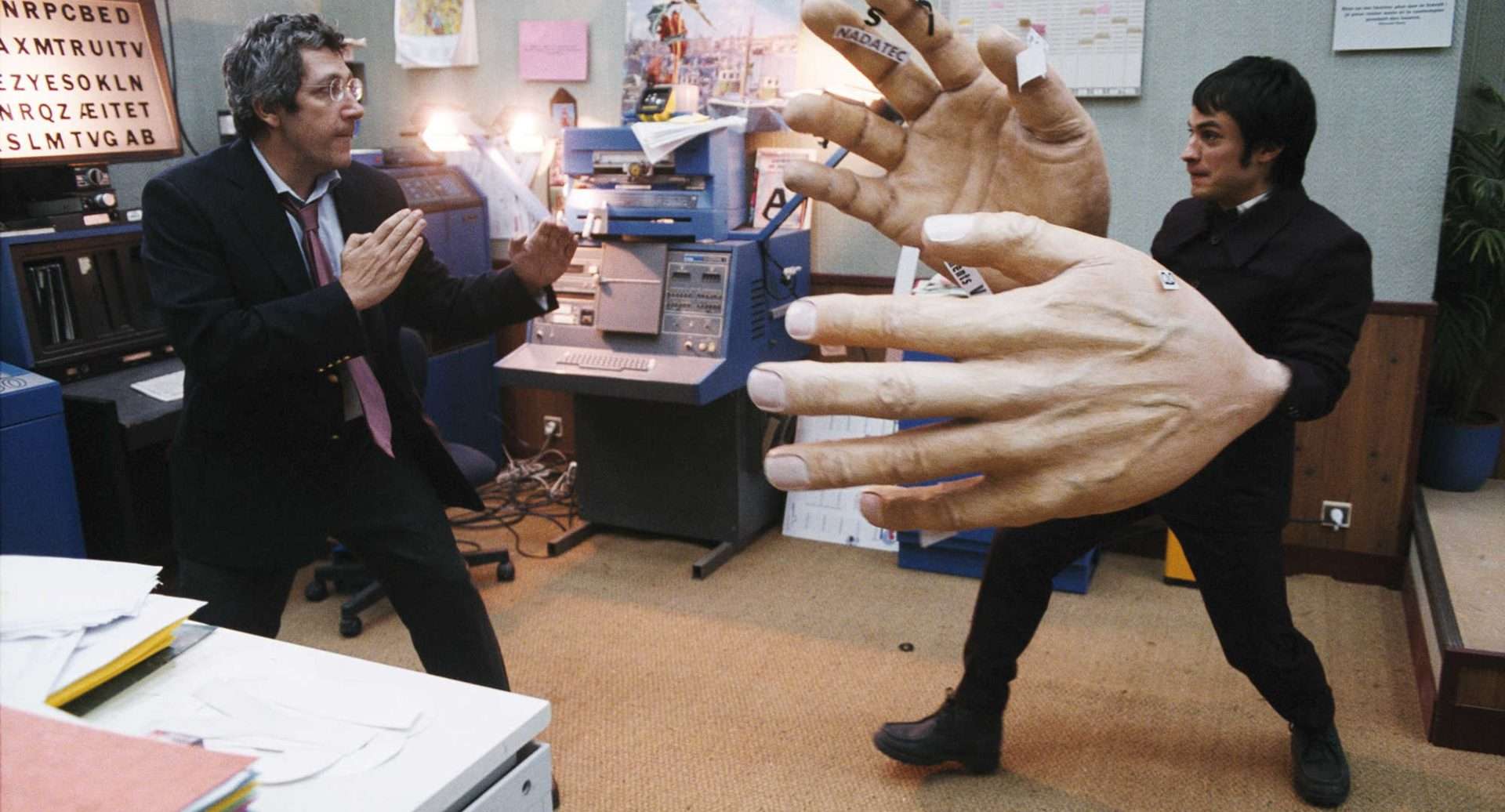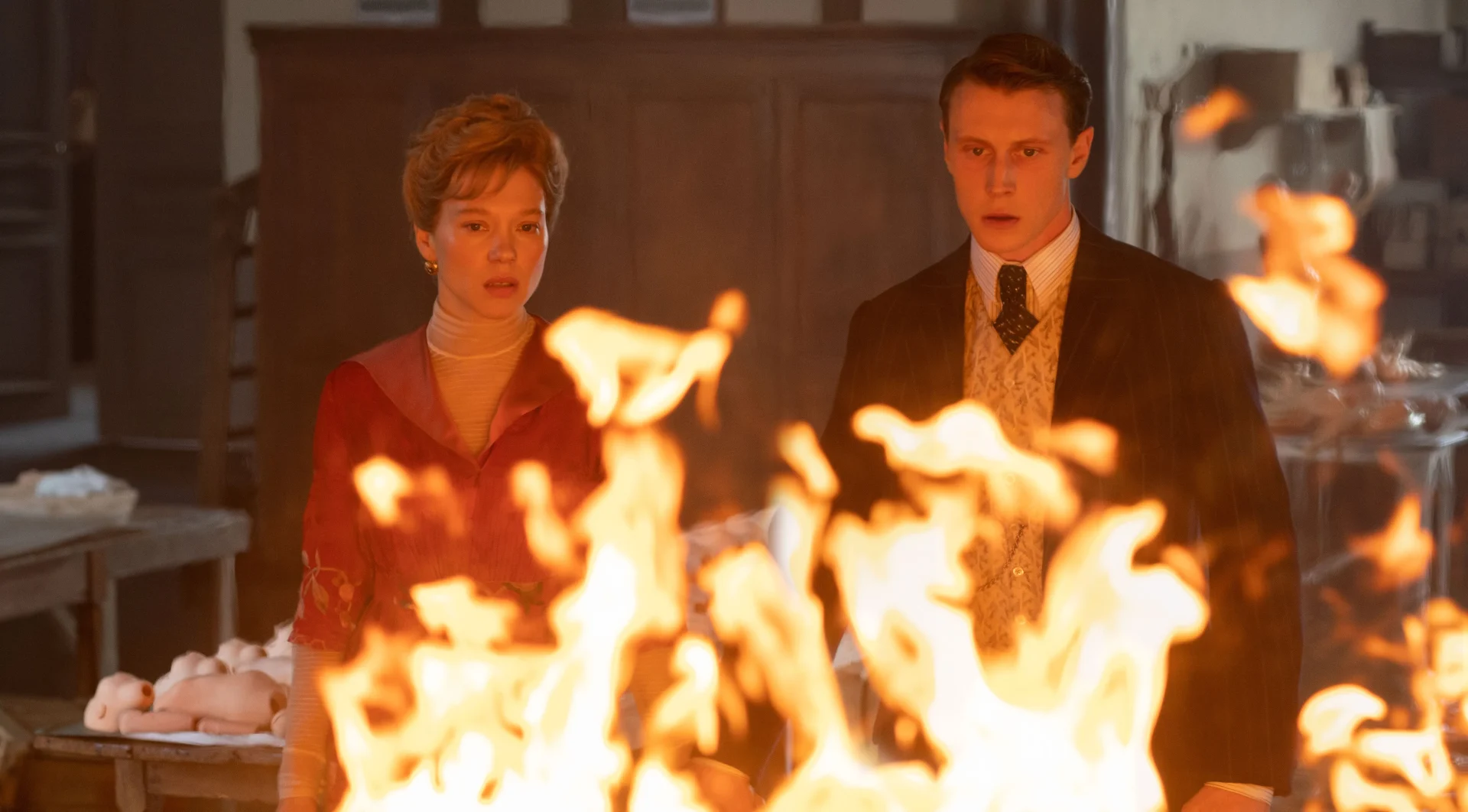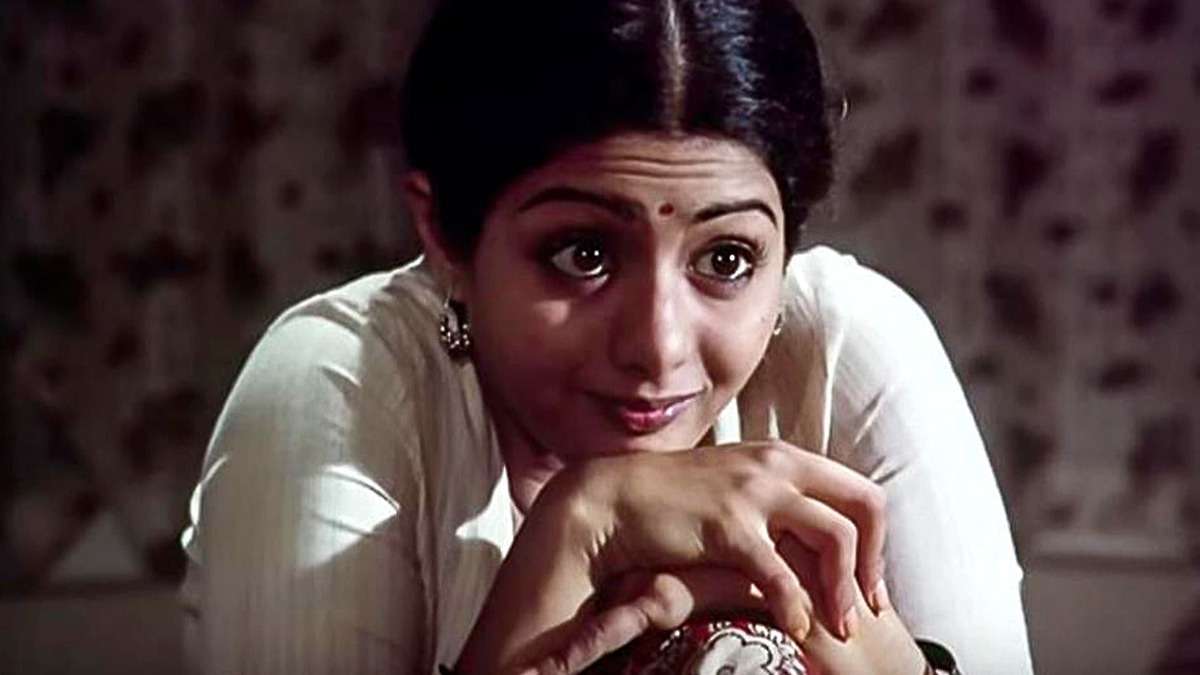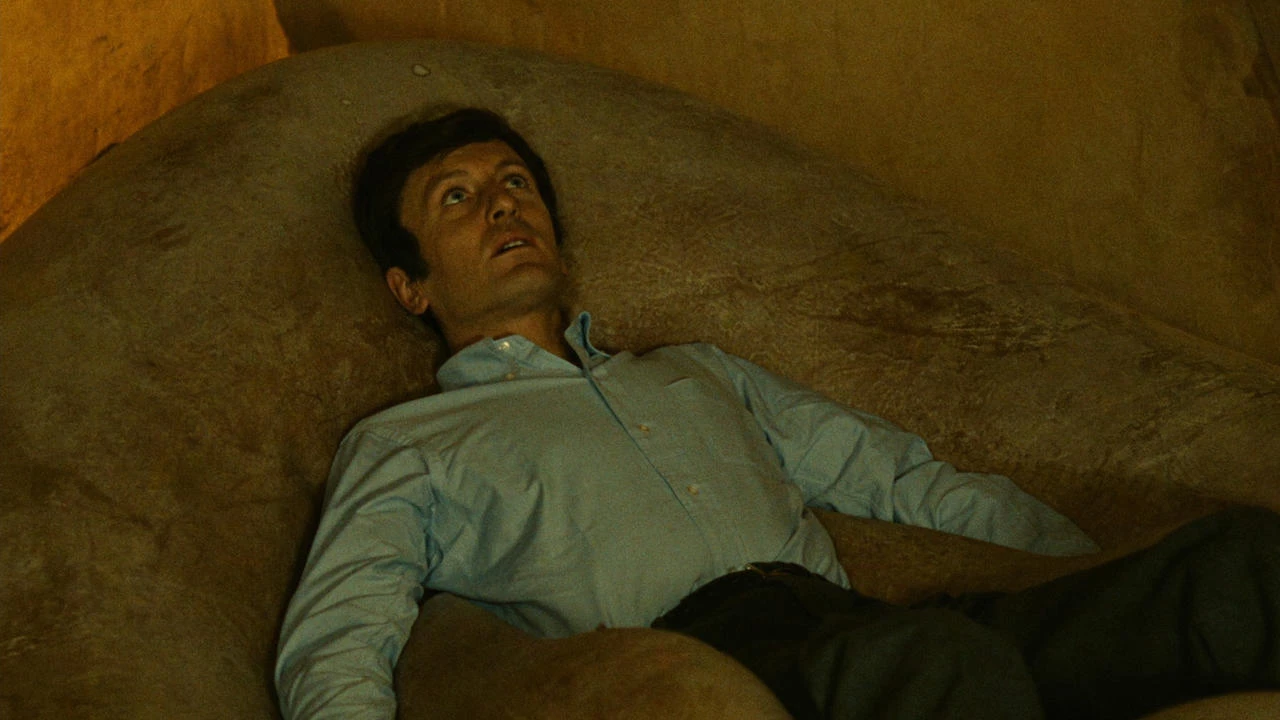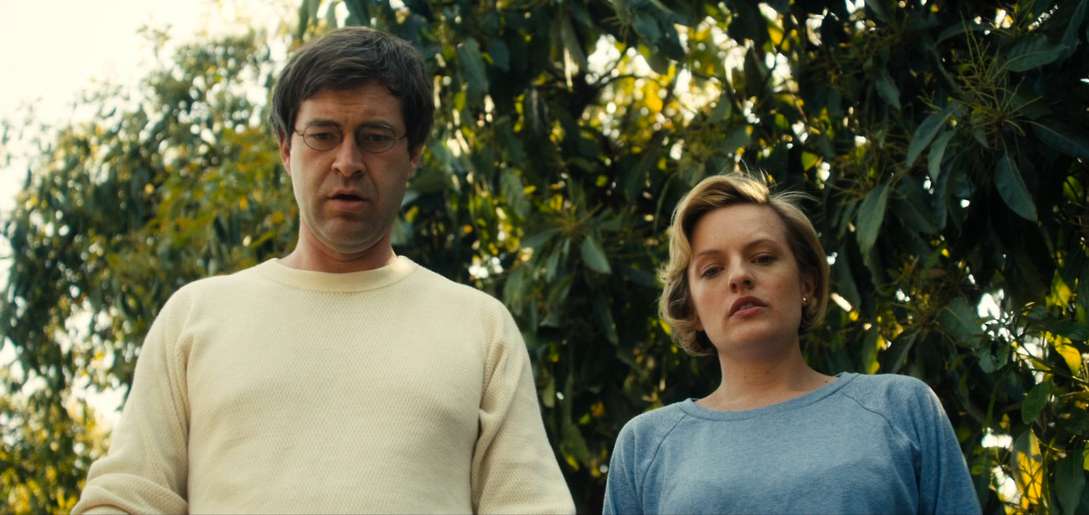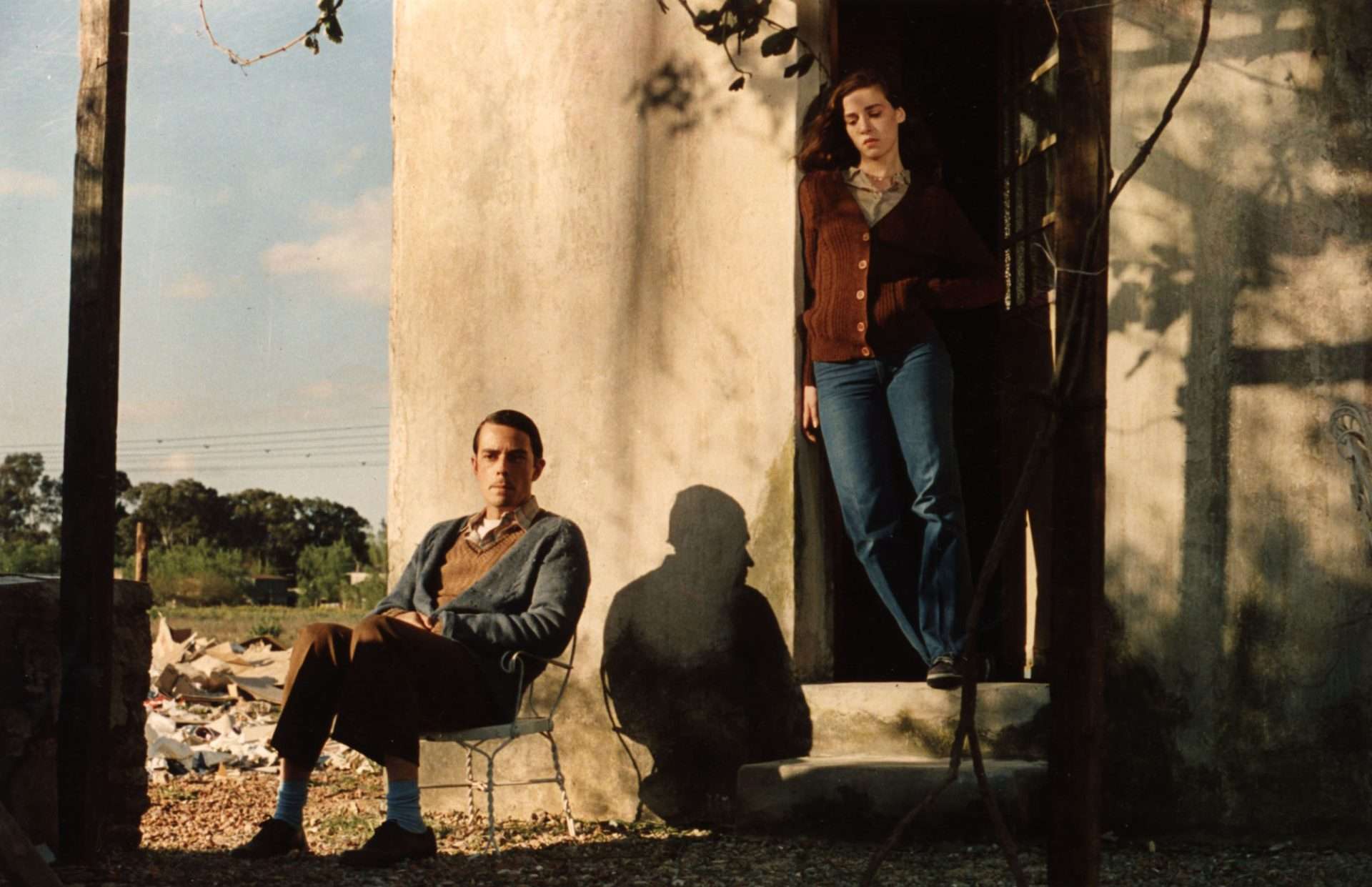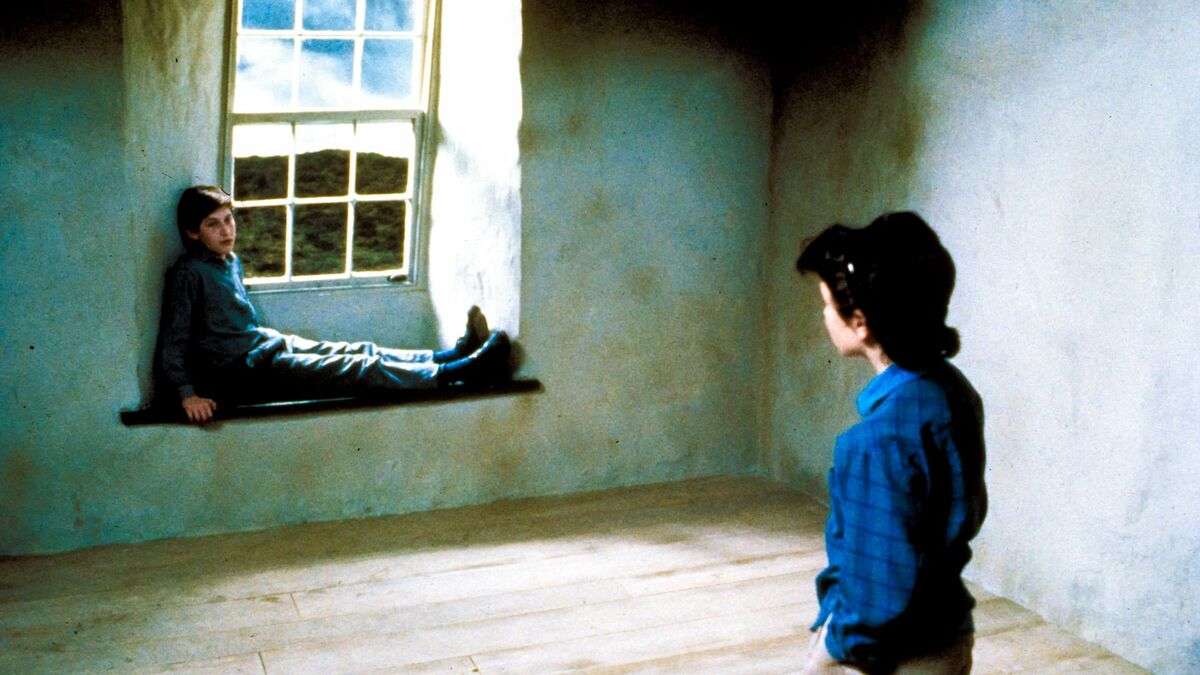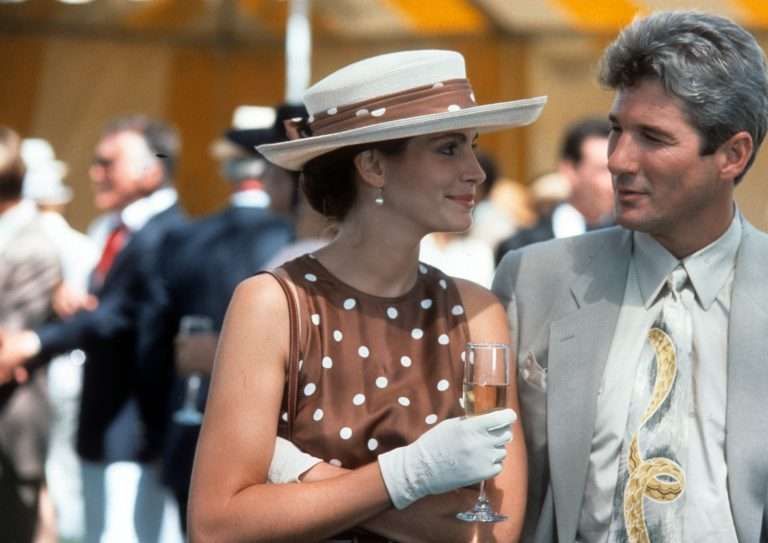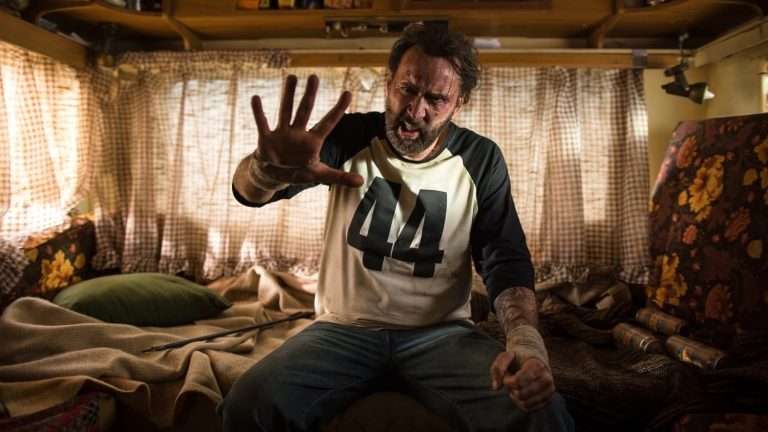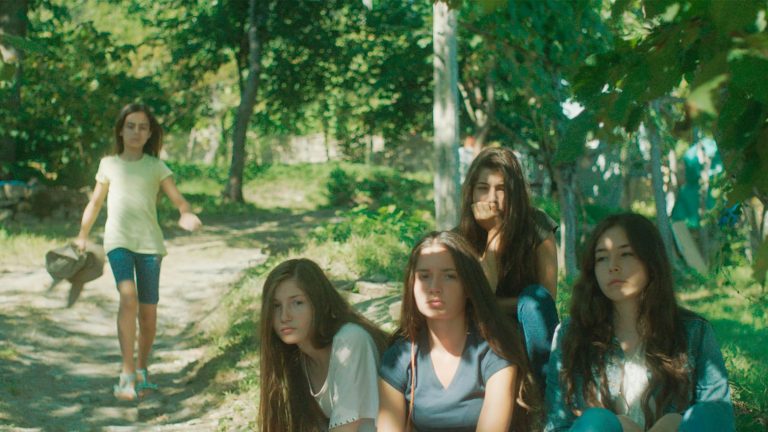“Now, let us make the fantastic assumption that Rome is not a place where people live, but a psychical entity with a similarly long, rich past, in which nothing that ever took shape has passed away, and in which all previous phases of development exist beside the most recent.”
Originally published in 1930, Freud writes these words in his “Civilization and Its Discontents,” drawing a vivid analogy between the ancient city of Rome and human psychic memory. Freud addresses Rome as an ‘Eternal City’; like memory, it would endure and adjust the juxtaposition of the old and new. Directed by Michel Gondry and written by Charlie Kaufman, “Eternal Sunshine of the Spotless Mind” (2004) plays out like a masterful cinematic extension of the theory. Each memory of the past melts into the larger canvas of the present experience. Nothing ever is spotless, for it carries the bearings of memories.
In this list, an attempt has been made to put together a range of films that can prove to be great companion pieces to “Eternal Sunshine of the Spotless Mind.” The films on the list not only concern themselves with the loyalty and treachery of memory but encompass everything that interrelates and interfuses with that elusive thing that is the human mind– dreams, desires, anxieties, and fears.
1. The Science of Sleep (2006)
In “The Science of Sleep,” a troubled Stephane (played to perfection by Gael García Bernal) has difficulty being at once with the world around him as his mind regularly throws up snippets of images and dreams that upturn the world. It explores an imaginative childlike mind’s speculations and experiments. “The Science of Sleep” is generously sprinkled with dreams and diableries. Right from the time its narrative is rolled out, the film’s fanciful imagery invites one into a world that seems to have been formed by threading together designs of the children’s game shows from the 90s and early 2000s. Perhaps this ensures the preservation of its charm for posterity.
The tone of the film is set by the unmoored, free-floating tendencies of the human psyche, how human experience is shaped by it, and the relation and the position of love in all this. Utilizing these fragments, Gondry deftly draws together and re-echoes themes from his previous film. However, the result in “The Science of Sleep” is unlike anything that has ever been produced in cinema, not just by Gondry alone. From the reiterations, repetitions, and variations on the theme of dreams, Gondry gradually weaves a patchwork fabric which is at once startling and familiar, superbly comic and cerebral, rumbustious and comforting.
2. Apples (2020)
An absurdist account of the unreliability of human memory, “Apples” features on this list due to its close kinship with “Eternal Sunshine of the Spotless Mind.” However, “Apples” seems staid by comparison. “Apples” plays out like a hushed reverie with an overbearing dread permeating the atmosphere. A bitingly perceptive study of the negotiation between human memory and grief, the film follows an unnamed man who finds himself on the streets of Athens, with his memory suddenly wiped out. There are thousands of him waiting to be cured of this sudden state of amnesia. There is no explanation as to how or why the disease is flourishing. The treatment to fashion a new identity for the man begins, and as a necessary part of it, he is assigned the task of keeping analog records of his new experiences, using a Polaroid.
Like Joel Barish, the unnamed protagonist, in his bid to accelerate the process of memory degradation following his experience with profound grief, desires a mind that is tabula rasa. To see the film as exclusively a lonesome man’s memory burden is inevitably to see it partially, even distortedly. It points to the pretensions of human society in its superficial act of record-keeping.
3. Little Fish (2021)
“In Vietnamese, the word for missing someone and remembering them is the same: nhớ. Sometimes, when you ask me over the phone, Có nhớ mẹ không? I flinch, thinking you meant, Do you remember me? I miss you more than I remember you.”
The essence of Ocean Vuong’s words finds its kindred spirit in Little Fish’s proclamation that even if a chasm develops between remembering and loving, one ‘can’t forget feelings.’ It is astonishing how a growing constellation of films that concerns itself with a pandemic increasingly explores the steady decay of human memory– that one proof that a life has been lived. In “Little Fish,” a young couple stands on the ruins of a world where an unknown virus is claiming millions of lives by wiping out memories with each passing moment.
“Little Fish” artfully plays with narrative time. Emma and Jude traverse the risky waters of falling under the spell of a disease that is wiping memories. As we see them spiral down the loop, what remains encouraging are the words: One day we won’t be strangers to each other. We’ll only be new – a renewed hope in the singular human spirit into which no disease can sink its teeth.
4. The Beast (2023)
Apart from being a tragic story of a love falling apart, “Eternal Sunshine of the Spotless Mind” bears the mark of anxiety for a future that sprints towards ‘the death of the affect.’ What starts as a memory obliteration science in Gondry’s film ends up as a DNA purification technology in Bertrand Bonello’s “The Beast,” one which would rub out the signs of sentiments and emotions from the human body. Both films become nothing short of horror stories– where the organic human experience is treated as interference.
Like Joel, Gabrielle (played by Léa Seydoux) goes through a dangerous gene therapy to become a more advanced citizen and worker of the new world order. Gabrielle lives in a future where its citizens are, in general, cautioned against these ‘inefficiencies.’ The easy smugness of the artificial intelligence disintegrates when it is given out that she belongs to that rare percentage on which it does not work. “The Beast” is one of the most meticulous responses to the tensions and sustained anxieties of a future of neo-Eugenics. In a bid to purify and achieve a spotless mind, we have at hand a world that has turned into a wasteland of the living dead.
Also Read: Of Love, Grief and Rediscovery: A Love Letter to Clementine
5. The Missing (2023)
Psychic memory could be enhanced, and sometimes even replaced, by trauma. In “Eternal Sunshine…,” while undergoing the memory-exterminating process, Jim Carrey’s Joel experiences memories of Clementine haphazardly. He finds her even in the memories of his early childhood. While the minuscule body of Joel anticipates laughter in the audience, it also unravels the question of the disruptive tendency of trauma in the human psyche. Filipino filmmaker Carl Joseph Papa’s part rotoscopic part traditional animated film “The Missing” encapsulates this bewildering experience in connection with a childhood trauma.
The protagonist of the film, Eric, has no mouth. Following the death of his maternal uncle, Eric tries to take a trip down his core childhood memories with him. However, Eric’s childhood memory also hides a belligerent alien who has mysteriously broken free from the realm of memory and shown up in the present world. We are kept in the dark about the nature of the alien’s interaction with Eric– was Eric actually haunted by an extraterrestrial being? Or is it just his mind trying to cocoon him from something hidden deep inside its crevices? The transposing of a traumatic memory with a representative but inexact image unravels the manner in which memories are stored in the psyche and how they continue to influence our perception and interaction with reality.
6. Sadma (1983)
The painful rift between ‘what is’ and ‘what was’ constitutes the heart of most tragic love stories. However, the invisible thread that binds the Hindi classic film, Balu Mahendra’s “Sadma” (literally the Hindi word for ‘trauma’) to “Eternal Sunshine of the Spotless Mind” is their examination of the absolute removal of the memory of the ‘in-between,’ a sign of healing for one and a paralyzing destruction for the other in the love union. The film opens with a young woman, Nehalata (Sridevi), getting into a road accident. As a result of the injuries, she is diagnosed with retrograde amnesia, a condition of memory loss that makes her incapable of accessing memories from before the onset of the condition.
Somprakash (Kamal Haasan) finds Nehalata, now Reshmi, at a brothel. After a few initial hiccups, Somu emerges as a caregiver to the child-like Reshmi. The final catastrophic moment occurs when Reshmi heals and, as a necessary part of healing, undergoes an obliteration of the ‘in-between’ memory. Despite Somu’s desperate attempts at the railway station to make her remember him, Reshmi leaves Ooty with a tragic ignorance. In “Sadma,” as in “Eternal Sunshine of the Spotless Mind,” love resides in the interstitial space between a traumatic event and its complete recovery, or rather, regressing to the state prior to the event. This space is as grand as it is treacherous. “Sadma” ends at the point from where “Eternal Sunshine…” takes flight.
7. Je T’Aime, Je T’Aime (1968)
The influence of Alan Resnais’s “Je T’Aime Je T’Aime” is undeniable in putting together a modern-day recounting of life’s same conundrum in Michel Gondry’s “Eternal Sunshine of the Spotless Mind.” Unlike Gondry’s film, “Je T’Aime Je T’Aime,” however, plays out like an extended elegiac reflection on the hopelessness of it all, one that seeps into the bones. In the film, a man is roped in as a human subject on an experiment with a time machine. However, going back in time comes with an enormous cost.
As the protagonist, Claude, freefalls from one past memory to another, his constrained one-minute deadline inside the time machine expands to an indeterminate period of meandering. He seeks to revisit the same sites of trauma in search of ‘something beyond pleasure.’ In the end, even if the act briefly holds out a possibility of triumph, it all falls apart against the all-too-powerful intrusion of decay. Where “Eternal Sunshine” stands guard to the seasonless snow of the mind, which, when melted, will bring up bittersweet memories, “Je T’Aime, Je T’Aime” is a warning against such stirring of a tempest of sentiments. The film seems to recognize the man who, by forsaking any sense of self, has invited death in.
8. The One I Love (2014)
The working of memory in “The One I Love” is of a different order than “Eternal Sunshine.” In Charlie McDowell’s “The One I Love,” a couple on the verge of splitting up is thrown into an emotional quarry when each of the partners magically transforms into the idealized fantasy of the other overnight. All this happens after their therapist prescribes them to unwind for a couple of days at an idyllic retreat. He insists that other clients have come back ‘renewed,’ and it does not take too long for us to decipher that it was to be taken literally.
The anxiety of having to watch the couple, Ethan and Sophie, trying to make sense of the bizarre events stems from the notion of the ‘uncanny.’ It is the return of the memory of the repressed that has disrupted the comfortable shapes and contours of the marriage at hand. Then there is the case of the ‘double.’ Charlie McDowell’s “The One I Love” is watchful of the delusions created by desire. It underscores the question: to what limit can the desire for an idealized object be allowed to grow before calling it oppressive?
9. Last Images of the Shipwreck (1989)
“I wanted to help those shipwrecked remains to reach a safe shore. But they seemed to drift in the other direction, towards the open sea. And they were dragging me.”
The surreal image of Joel and Clementine in bed on an unpeopled beach finds a wilder touch in Elesio Subiela’s “Last Images of the Shipwreck.” Perhaps science fiction resembles nothing so much as an elaborate magic realism, endlessly and symbolically varied with speculation and reality. “Last Images of the Shipwreck” also exhibits a maddening hope, an idealized refuge from the storm of despair, dejection, and misery. A similar assurance informs “Eternal Sunshine.” When insurance salesman/aspiring novelist, Roberto, finds himself inexorably bound with a family that is not only dysfunctional but outright unhinged, he realizes that he is a metaphorical life buoy for them, their only chance at life.
At the end of his volatile odyssey, Roberto concludes with the verdict that great salvations do not exist. There is no way one can prepare oneself to be saved from the blows of occasionally tragic, occasionally stale life. Roberto’s finding echoes the myth of the ‘eternal sunshine of the spotless mind’– for there is no happiness that is eternal and no mind whose specks can be reversed like freshly washed laundry.
10. Paperhouse (1988)
Since its release in 1988, “Paperhouse,” by Bertrand Rose, has been remembered more as a fragmented childhood memory of a film, one which has slinked into obscurity, than in its entirety. As a companion piece to “Eternal Sunshine of the Spotless Mind,” “Paperhouse” is significant as it sheds light on a singular aspect of the discourse on memories: how children experience memories and dreams. Thirteen-year-old Anna dreams what she draws; not only that, she is allowed a chance to modify her dream with the help of her pencil and eraser.
Like Joel, the young girl moves easily from the real world to her dreamscapes, which have opened up a new space, meant to be treaded. In her dreams, she finds a sickly boy. An unlikely, even if brief, friendship forms between the two. The dreams of the children are interwoven and allowed to inform one another. Few films sensitively elucidate how children develop a phantasmagorical solution to the circumambient darkness that threatens to engulf them, fewer still get the vivid detailing of the dreamscapes to align with the emotional and psychological burden of the young dreamers. The arc of “Paperhouse” overlaps both circles.


